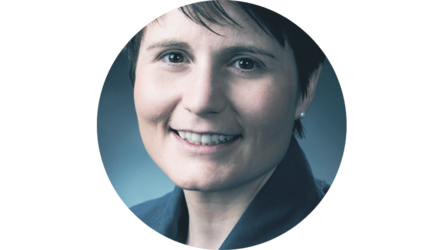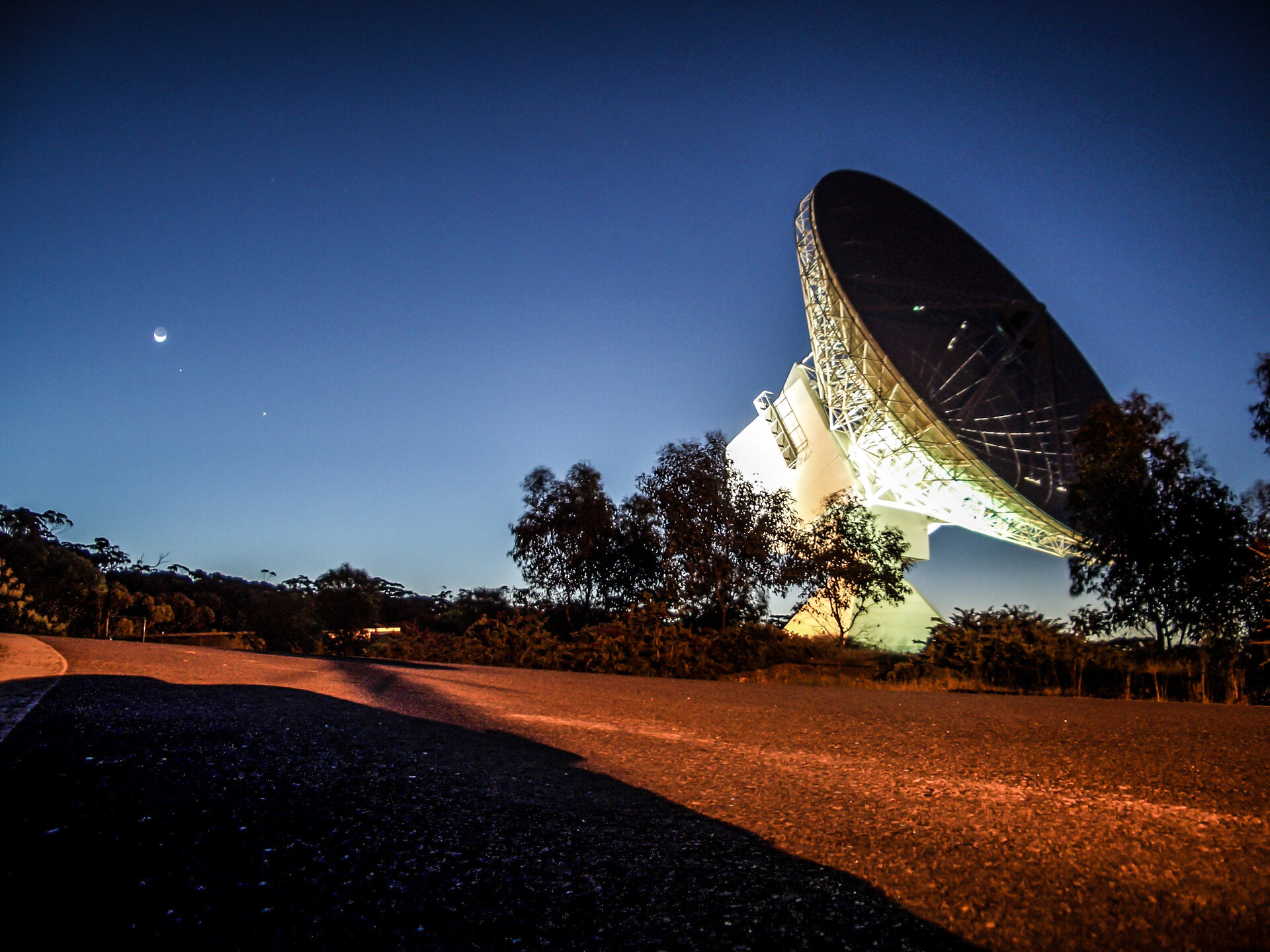New X-Band sampling technology paves way for ground station arrays
A concept known as Software Defined Radio (SDR) aims to replace the analogue radio signals used in radiofrequency measuring with digital radio.
This will reduce the amount of hardware and equipment needed (by making down converters and filters redundant) and lessen maintenance and procurement costs.
A new activity with TDE and Callisto Space, in France, has begun development of an analogue to digital converter that is able to sample radiofrequency signals directly.
This development will trigger the possibility of using Software Defined Radio (SDR) for deep space stations and EOP missions.
By developing an ultra wide-band device it will mean all ESTRACK ground stations can now use generic software, as opposed to requiring custom versions. This will mean ground stations will become more flexible and able to adapt to any future missions, facilitate the arraying of several ground stations and improve performance overall.
The front end can then be reconfigured for each type of mission (either Lagrange, Deep Space or Earth Observation).
An X-band sampling breadboard has been designed and manufactured. The design of the demonstrator is based on an ultra wide-band Tracking and Hold Amplifier followed by a high speed Analog to Digital Converter. The breadboard exhibited excellent results from 2 GHz (S Band) through to 8 GHz (X Band).
These results will pave the way of ESTRACK architecture evolution to adapt to any future mission needs and improve mission support as we continue with the development of antenna arraying.
A new TDE activity will be kicked off in 2021 to develop a full sampler prototype that will be integrated with the complete modem. This new prototype will serve as baseline for future generation ESTRACK modems.
T712-505GS closed in 2020.















 Germany
Germany
 Austria
Austria
 Belgium
Belgium
 Denmark
Denmark
 Spain
Spain
 Estonia
Estonia
 Finland
Finland
 France
France
 Greece
Greece
 Hungary
Hungary
 Ireland
Ireland
 Italy
Italy
 Luxembourg
Luxembourg
 Norway
Norway
 The Netherlands
The Netherlands
 Poland
Poland
 Portugal
Portugal
 Czechia
Czechia
 Romania
Romania
 United Kingdom
United Kingdom
 Slovenia
Slovenia
 Sweden
Sweden
 Switzerland
Switzerland


























